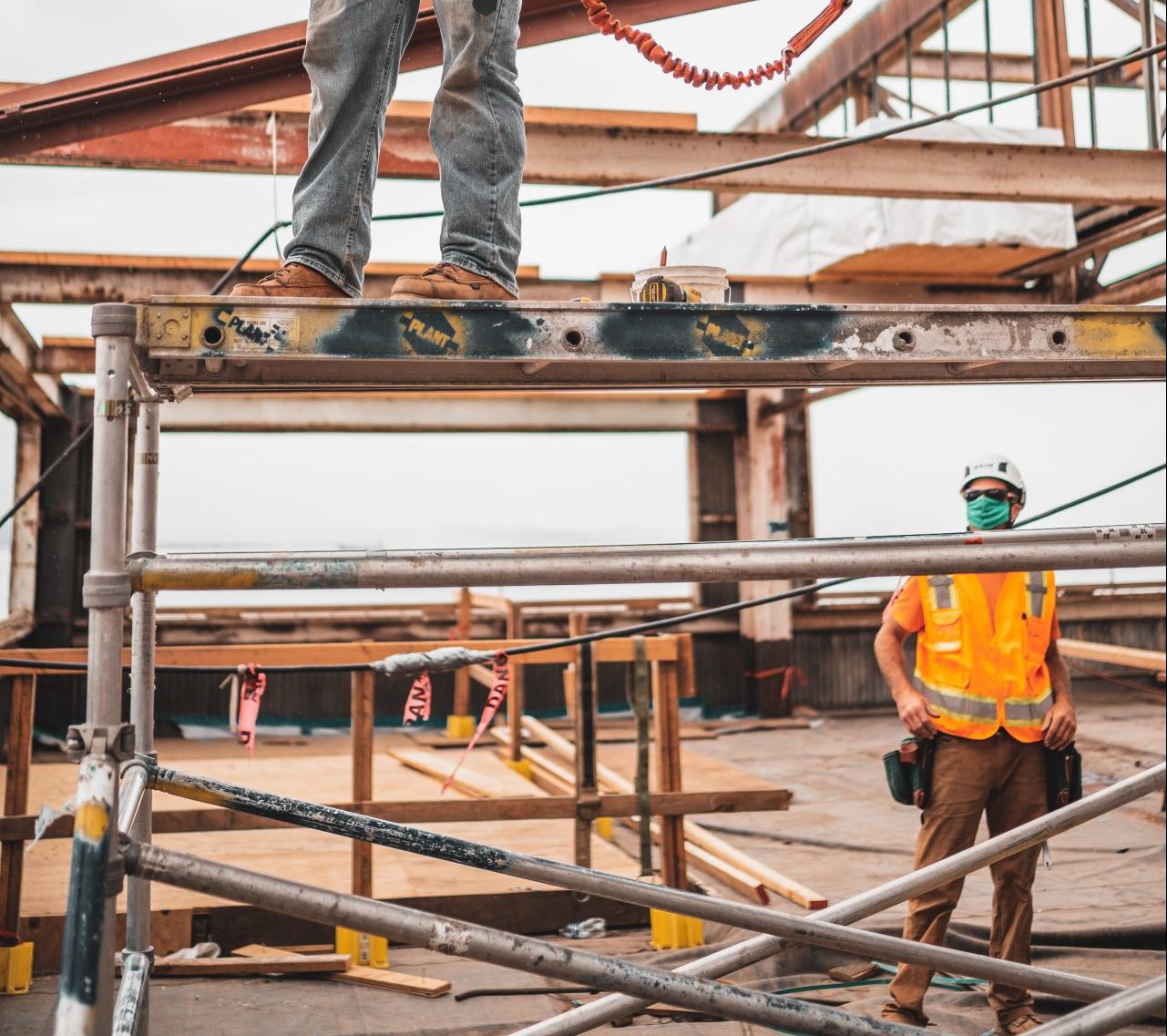If you’re interested in the world of sustainable building like us, you may have heard that there’s a new Licensed Building Practitioners code of ethics in town.
The Government introduced this new code of ethics for LBPs back in October 2021, and a year later it is now enforceable by the Building Practitioners Board. The aim of the code is to ensure high standards are maintained in the industry, while giving the public more confidence that LBPs are reputable and operate ethically. Which is fantastic in theory- but we’re a little concerned by point 1.3 of the code- Avoid harming the environment. Is this actually achievable in today’s building sector? We have our suspicions that construction in its current guise can’t actually fulfill that expectation. Let’s take a look.

Avoid harming the environment- how?
According to Sam Archer (a sustainability consultant who worked for 18 years as a structural engineer in the construction industry), the construction industry’s record on sustainability here in New Zealand lags 10 years behind Australia, and maybe 20 years behind the UK.
Simply stating ‘avoid harming the environment’ is a bit of an unachievable demand: New Zealand’s annual $30 billion spend on the construction of houses and commercial buildings actually has a profound effect on the environment in lots of different ways. Here’s how:
- The main culprit is carbon emissions: roughly 20% of NZ’s emissions is from the built environment – 10% of which comes from the way we operate our buildings (the gas and electricity used in them) and the other 10% from the construction materials that go into making those buildings in the first place. Of these materials, cement, steel, aluminum, glass and timber make up 80- 90% of that impact. Alarmingly, emissions from the construction industry have increased by 66 percent in the decade from 2007 – 2017.
- Waste is also a huge problem: roughly 50% of the waste that goes to landfill in the entire country comes from the construction sector. This equates to between four and five tonnes of materials from every single house built in New Zealand ending up in landfill.
- Then there’s the type of toxic materials used in mainstream building materials. The potential harm may be more to the workers during construction than the environment, but this is still a very bad thing. Some of the toxic chemicals commonly found in building materials include: asbestos, lead, mercury, Perfluorinated Compounds, (including PFOA), Short-Chain Chlorinated Paraffins (SCCPs), Polybrominated Diphenyl Ethers (PBDEs), Halogenated Flame Retardants (HFRs), Volatile Organic Compounds (VOCs), Chromated Copper Arsenic (CCA) and Phthalates Like PVC

So how is the industry expected to ‘avoid harming the environment’? Well, the government is currently working on a program to be the construction sector’s response to the climate crisis called the MBIE’s Building for Climate Change Programme. Their aim is to guide the building and construction sector to achieve its contribution to New Zealand’s emissions reduction targets (net zero carbon emissions by 2050), and make sure our buildings are prepared for changing climate conditions.
The stated programme initiatives include reducing whole-of-life embodied carbon emissions, transforming operational efficiency and supporting adaptation and building climate resilience. But there’s no timeline on when this programme will be released, and what sort of options, support and practical guidance it will contain.

So at the moment, it’s down to us.
If we want to ‘avoid harming the environment’ when we plan, design and build our homes we’re going to have to think outside of the current construction building box, and take matters into our own hands.
This is where Hiberna Modular straw structural panels shine. They’re low carbon– our construction method uses around half the carbon of standard construction and helps to store huge amounts from the atmosphere. They’re factory built to specifications which not only means a quicker build time, but drastically slashes the amount of waste going to landfill. And they’re made from compressed local straw, not nasty toxic plastics. As well as a host of other benefits, our panels can achieve Passive House levels of airtightness.
We’re on a mission to make it easy and cost effective for home-owners, architects and builders to choose environmentally sustainable solutions. Above all we want to ‘avoid harming the environment’ for generations to come- and we don’t have the time to wait.
Thinking about using Hiberna Modular panels for your next build?
We’d love you to get in touch to start talking straw. Contact Us for some more information.